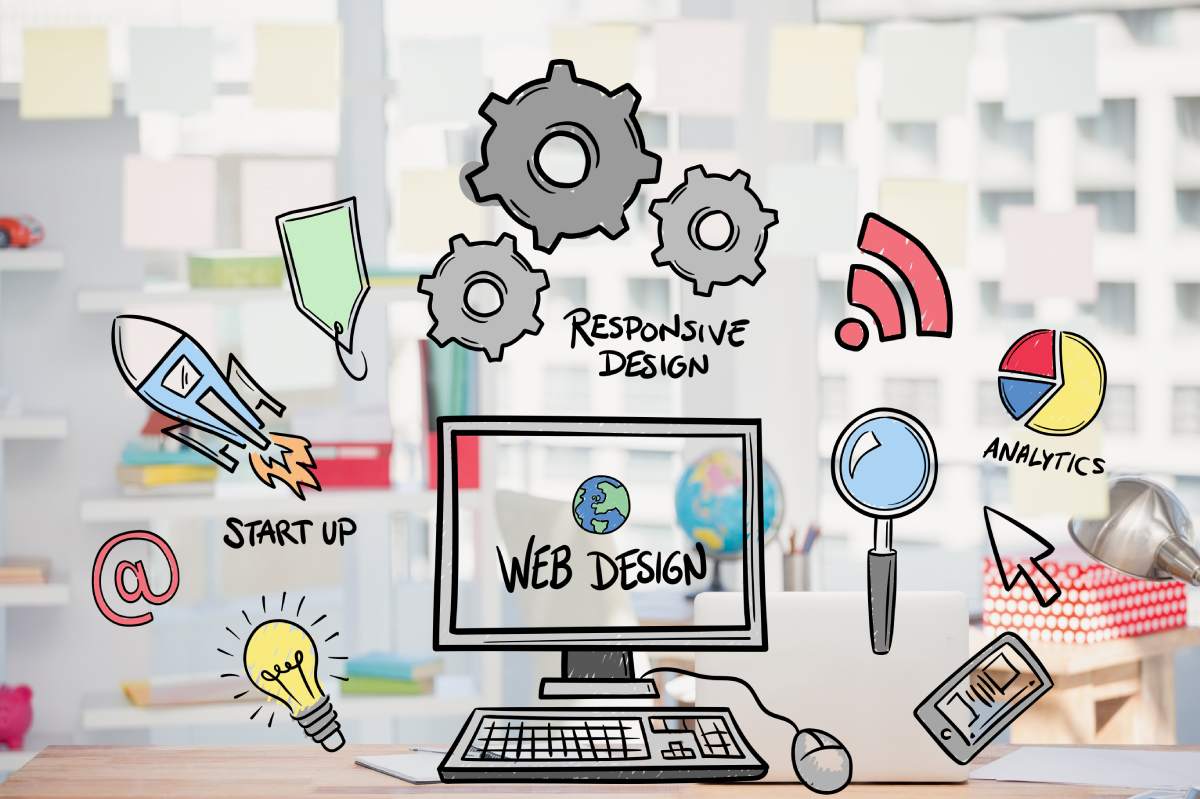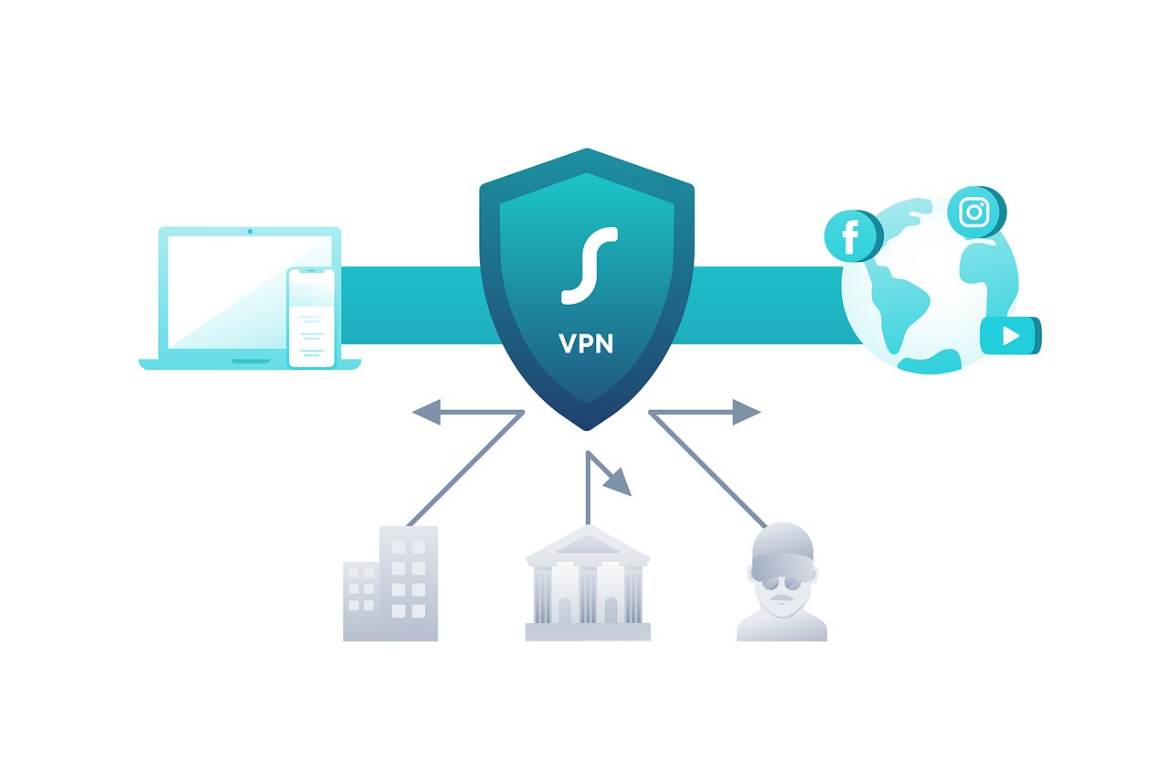Working better, faster, and more flexibly with information: This is what many systems and manufacturers promise. Good software should be a valuable tool. In many projects, however, the systems are additional hurdles. Many selections and implementation projects fail because the users do not receive the support they hoped for, the systems are not integrated, and there is no organizational anchoring.
Clear goals and a structured approach help employees find the right solution from confusing software markets. Clear strategies and structured procedures are particularly important for the digital workplace.
The disappointment is great when the projects start with enthusiasm, and great visions come to a standstill or are completely stopped. Mostly, it does not fail because of the time invested. Many projects run for months – sometimes years – and the respective project managers collect information files inside.
But without a goal and structure, many projects get lost in the unclearly defined application scenarios and the confusing provider landscape. Often, in the end, either no systems at all are procured, or only isolated application scenarios are implemented.
This creates information silos and a patchwork of systems, making access to important, current, and complete information even more difficult. Especially with a view to the digital workplace, it is not crucial to receive and store as much information as possible but to bring it into a content-related, decision-related context.
Table of Contents
Clear Goals: Vision And Specific Areas Of Application
The basis for every project for the selection and implementation of an IT system must be a formulated and realistic objective. Those involved in the project and those responsible must set achievable goals and provide the necessary resources. Only by recording the circumstances and framework conditions and developing a project plan based on them can it be ensured that the entire project team is aware of what is to be achieved and which tasks must be defined.
This vision must be broken down into specific areas of application, from which a project plan with corresponding milestones can be derived. The areas of application differ depending on the user group and software segment: e.g., contract management in Enterprise Content Management (ECM), incoming mail processing in Input Management (IM), better customer care in Customer Relationship Management (CRM), better asset management in Enterprise Resource Planning(ERP).
What is common is the specification of the technical goals (what should be achieved?) And framework conditions (e.g., resources, other systems, contractual framework conditions). When designing it, it must be ensured that specific pilot projects are defined, and that possible expansion stages are taken into account. Clear goals and application scenarios help to compare the providers’ service portfolio and not to lose the “common thread” leading to a suitable solution.
Selection Of The Project Team
The various stakeholders should be included in the composition of the team. Representative representatives: inside from departments and IT with the appropriate knowledge about tasks, working methods, infrastructure, and users’ sensitivities: inside enable the precise elaboration of the requirements.
By integrating the legal department and quality management, overarching goals and framework conditions are considered. Involving a consultant can accelerate, supplement, and qualitatively safeguard the requirements analysis. Here, however, the neutrality of the service provider must be ensured so that the best solution for the company is sought.
Recording Of The Areas Of Application And Requirements
Based on clearly defined application scenarios, the individual tasks and processes can be analyzed, and the corresponding criteria for support from a system can be derived. By analyzing existing documents or interviewing employees, the best practices used, existing problems and wishes, and ideas for improvement that have already been identified can be considered.
Initial market research or independent advice makes it possible to receive new suggestions and incorporate them into the requirements. The requirement specification grows in the course of the project and is gradually refined with the help of the information obtained.
In the in-process analysis, you must break away from previous working methods. Not today’s activities, but the background of the task must be considered. From this, new options for process processing can be developed using the (new) software functions. It is important to recognize the potential for simplification and automation. Individual employees should also be abstracted using role concepts that bundle certain areas of responsibility.
In addition, an overarching architecture concept is important, which defines the interaction of the various specialist systems. This means that the connection between the different applications is regulated technically and organizationally: which system has control over which data and functions? Which tasks are processed with which systems? When is which information transmitted? How can processes start? – These are some of the relevant questions in this context.
As a result of the phase, you receive a specification sheet that describes the project goal, defines the requirements in a structured catalog of criteria, and defines future working methods through target processes.
Step By Step To The Right Solution: Multi-Stage Evaluation
Invite a few providers and decide on this basis – this is a game of chance. The software selection should be made in several stages to identify the most suitable system (and team) specifically. As a first step, limiting the market to the respective software segment (longlist). The market can usually be narrowed down to four to ten systems using defined knockout criteria.
The further evaluation can be a classic tender with a written statement on the relevant documents. For this purpose, an excerpt from the specification sheet and a cost estimate is usually used. The providers can comment on the selected functional and technical criteria, their range of services, and conditions. In addition, the first (simple) presentations of the systems can already be carried out here. On this basis, further evaluation and limitations take place. The remaining providers ( shortlist ) are basically all suitable to carry out the project following the solution’s requirements.
The most suitable solution is identified in the subsequent detailed evaluation. In addition to a statement on the entire specification, reference projects and precise cost and time estimates concerning the implementation are required. In addition, the software must be assessed as closely as possible to the later application scenarios.
A structured system presentation based on a guideline (process script) is recommended, which clarifies the various possible uses in a later operation. The system’s handling and performance and how the provider (manufacturer and project partner) work are evaluated. In addition, a test version can be used as a proof-of-concept to be carried out, for example, to check the transfer of data from existing systems or certain aspects of the set-up effort.
Decision And Contract Conclusion
Based on the available information, a clear decision proposal must be generated in the last step of the evaluation process. Those responsible in the management must understand the procedure and results and recognize clear reasons for recommending a decision. Possible alternatives are to be named, and the reasons for price differences or different coverage of different application areas are to be explained. This can prevent “apples and pears” from being compared.
It is important to put all negotiation results and decisions in writing so that everyone involved is clear about the content of the contract and the terms and conditions. The information from the selection process should be included as applicable documents, and this provides binding information on costs, deadlines, and the coverage of the requirements from the specifications. It should be noted that the internal resources for the implementation must also be provided.
Most of us operate with the misconception that software, contracts and uses are complicated endeavors. Not quite the case. Depending on what you are expecting the software to do, you have multiple options in front of you. If you want the software to be implemented for something formal and official, then you can get in touch with the software development company. If you want to use it for something personal or a hobby project, you can go to the pirate bay and download the same instantly.
Success Factors For Implementation
A key success factor for project implementation is that the system implementation is accompanied by training courses and supporting organizational measures. Employees have to learn how to use the software properly. In the accompanying workshops, the technical operation and the structures and processes depicted in the software should be conveyed. Therefore, it is advisable to conduct task-related training courses for employees so that they can apply the knowledge imparted to their work processes straight away.
Good change management is another important factor in relieving employees of fear of the new system. Only those who can get users enthusiastic about the changes in their everyday work processes early can secure their active participation. You should be informed as part of the goal definition, and the selection process should be as transparent as possible. The project marketing around the introduction should include a presentation and task-related training and sufficient opportunities for queries.
Realistic planning in the introduction is also a key success factor. Project resources are often overwhelmed. A multi-stage approach should also be selected for implementation. After a basic installation and the implementation of the pilot projects, functional extensions or an expansion of the user group are carried out in the subsequent projects. In the pilot projects, attention must be paid to clear solutions with a quickly tangible and measurable benefit to convince those involved of the system. “Think big, start small” applies here as well – in this way, verifiable successes can be achieved quickly, which bring money, time, and quality advantages and ensure employee acceptance.
Special Features Of The Software Selection In The Digital Workplace
The path to the digital workplace begins with a comprehensive vision and strategy, which are broken down into individual projects. Therefore, there are often dependencies between the individual systems to be considered. The individual software selection projects must be integrated into an overarching architecture concept. This information and system landscape will gradually be refined as the new systems offer additional options. Companies should, therefore, also plan clear interim solutions.
A special feature of the implementation of the Digital Workplace is that “software selection” can, but does not have to mean, the procurement of new systems. In general, software selection refers to assigning tools to use cases and working methods. Therefore there are different forms:
- Different design of existing systems or targeted expansion of the use of existing systems, e.g., also of certain functional modules (e.g., workflow)
- Expansion of existing systems with additional modules or partner products
- Different kinds of combination and networking of the systems (information, processes, and surface)
- Consolidation of the systems – especially if different tools have developed historically and departments have procured independently of one another.
- But of course, there is also a selection of new software (to replace old systems and cover new use cases.
The basic procedure hardly differs. The basis must be a clear definition of goals, followed by a requirements analysis and target concept. If systems are consolidated, or solutions are first sought in the existing software landscape, only the phrase “market limitation” is adjusted. The step-by-step evaluation of the systems in question, including an estimate of the costs, project duration, and quality of the concepts, is again easy to compare.
Conclusion: Carry Out Software Selection – But Do It Correctly!
Implementing the digital workplace is not trivial, as technology, functionality, processes, and corporate philosophy are all affected. But corresponding interlocking systems, information, and processes are also necessary in the modern business world. There is no point in burying your head in the sand and waiting, as the problems with various information stores (by department, system: paper filing, file filing, specialist application, e-mail) and inadequate process support are becoming more and more severe and enormous when it comes to information research and forwarding a lot of working time is wasted.
Also Read: Five Basics Of Warehouse Management




